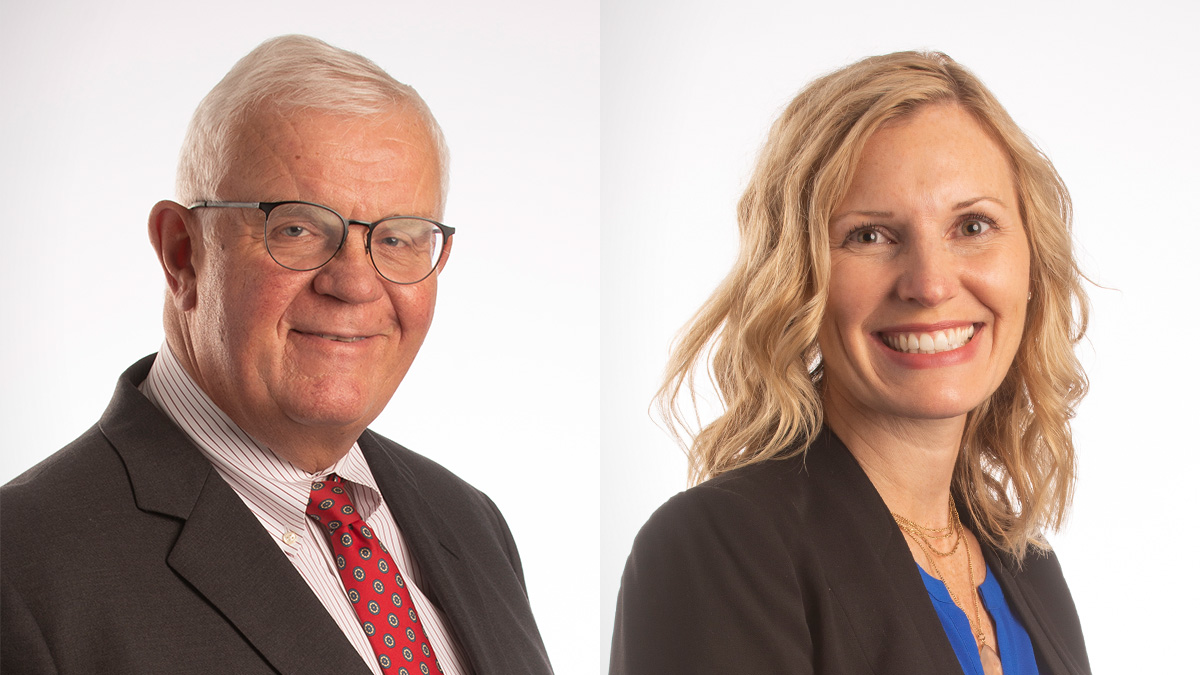UAMS Lincoln Project Aims to Reduce Prevalence of Heart Disease through Grassroots
| A million people in Arkansas are living with heart disease – that’s a third of the population – and it puts them at risk for health complications and early death.
Exactly why this is the case and how it can be addressed in a holistic way long before these Arkansans end up in an emergency room – that’s the focus of the UAMS Lincoln Project.
“Heart disease is about lifestyle – habits are more impactful than heredity,” said Irion “Chip” Pursell, M.P.H., RN, B.S.N., and director of Cardiology Research in the Department of Internal Medicine in the UAMS College of Medicine.
“Social factors and the built environment strongly influence health behaviors. The Lincoln Project team is dedicated to identifying and engaging high-risk individuals in the community with the goal of preventing or delaying progression of heart disease in target communities. The project is guided by the principle that patients receive care and consumers make choices. Most consumer choices that impact health are made outside of the four walls of the clinic.. A holistic, community-centric prevention approach can improve individual health and reduce the demand for medical care later in life.”
Heart disease includes a variety of conditions, including high blood pressure, heart attack, congestive heart failure, coronary artery disease, arrhythmia, stroke and peripheral artery disease. Heart disease is the leading cause of death for both men and women and most demographic groups in the United States. One person dies every 36 seconds from heart disease, and it’s linked to about one in every four deaths.
In rural states like Arkansas, those rates can be even higher. The Arkansas Department of Health advises people adopt several lifestyle changes to both prevent developing heart disease and control its effects for those who already have it:
- Watch your weight.
- Quit smoking and stay away from secondhand smoke.
- Control your cholesterol and blood pressure.
- If you drink alcohol, drink only in moderation.
- Get active and eat healthy.
“This can be easier said than done for people who are living in places where these behaviors are not the norm or supported by the community culture,” Pursell said. “This can be compounded by the fact that rural communities often lack access to adequate health care, making prevention, diagnosis and management of heart disease more difficult.”
The Lincoln Project began by studying rural communities in eastern North Carolina with high incidents of heart disease, similar to Arkansas, to identify what social factors might be behind the numbers in communities with high rates of heart disease. They found a lack of access to medical care, poverty, high prevalence of substance abuse and high rates of chronic disease. In addition, they found that many patients with chronic disease were not getting the help they needed to properly manage those conditions: for example, uncontrolled high blood pressure or diabetes.
“We felt that social isolation was the common thread behind many of these issues,” Pursell said. “So for our next steps, we want to re-engage people who wouldn’t traditionally seek care from the health care system except in an emergency situation by reaching out to them through resources that are already in their community.”
The next phase of the project will do just that. The UAMS Lincoln Project has received $70,000 from the U.S. Office of the Assistant Secretary of Health and Human Services for year one (with the option to renew) of an intervention pilot study in Chicot, Desha and Phillips counties in Southeast Arkansas.
“We’re looking to build bridges in these target communities by partnering with those who are already locally invested,” said Laura Bourdie, research operations manager for the project. “We know that community partners are our best bet for addressing this complex, multifaceted issue in a way that will renew a focus on community health and well-being.”
Partners can be community members and community leaders; social service groups; philanthropies; community-based, faith-based and community development organizations; public health and health care providers; hospitals and universities. The pilot project will look to design and evaluate targeted, door-to-door strategies for improving health.
For example, one project includes a health science index app that participants can use to track their wellness, identify the biggest needs and set community improvement goals.
“Ultimately, our goal is to foster a culture change that prioritizes and sustains healthy behaviors, and we know the best ideas for how to do that will come from within the community,” Pursell said.
To connect with the UAMS Lincoln Project, visit lincolnproject.uams.edu/contact
